Refine listing
Actions for selected content:
2250 results in Cambridge Elements
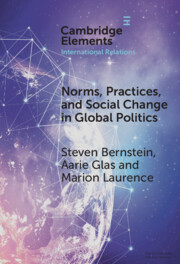
Norms, Practices, and Social Change in Global Politics
-
- Published online:
- 31 March 2025
- Print publication:
- 24 April 2025
-
- Element
-
- You have access
- Open access
- HTML
- Export citation
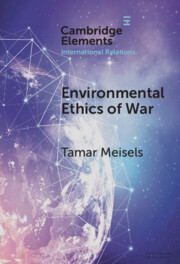
Environmental Ethics of War
-
- Published online:
- 31 March 2025
- Print publication:
- 24 April 2025
-
- Element
- Export citation
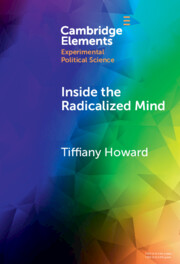
Inside the Radicalized Mind
- The Neuropolitics of Terrorism and Violent Extremism
-
- Published online:
- 31 March 2025
- Print publication:
- 24 April 2025
-
- Element
- Export citation
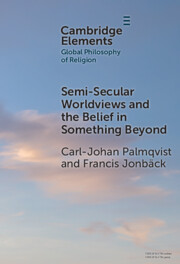
Semi-Secular Worldviews and the Belief in Something Beyond
-
- Published online:
- 31 March 2025
- Print publication:
- 24 April 2025
-
- Element
- Export citation

Shakespeare and Scale
- The Archive of Early Printed English
-
- Published online:
- 31 March 2025
- Print publication:
- 24 April 2025
-
- Element
- Export citation
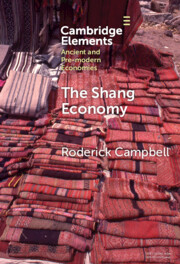
The Shang Economy
-
- Published online:
- 27 March 2025
- Print publication:
- 10 April 2025
-
- Element
- Export citation
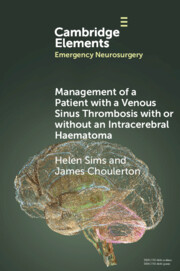
Management of a Patient with a Venous Sinus Thrombosis with or without an Intracerebral Haematoma
-
- Published online:
- 26 March 2025
- Print publication:
- 17 April 2025
-
- Element
- Export citation
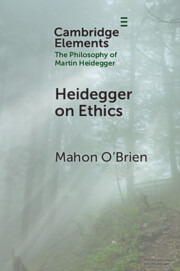
Heidegger on Ethics
-
- Published online:
- 25 March 2025
- Print publication:
- 17 April 2025
-
- Element
- Export citation
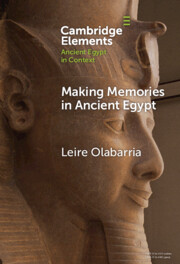
Making Memories in Ancient Egypt
-
- Published online:
- 24 March 2025
- Print publication:
- 17 April 2025
-
- Element
- Export citation
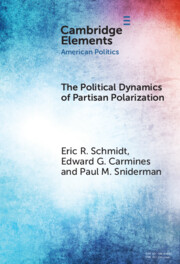
The Political Dynamics of Partisan Polarization
-
- Published online:
- 20 March 2025
- Print publication:
- 27 March 2025
-
- Element
- Export citation
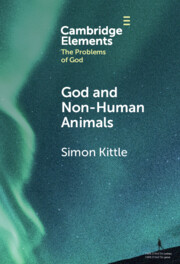
God and Non-Human Animals
-
- Published online:
- 20 March 2025
- Print publication:
- 27 March 2025
-
- Element
- Export citation
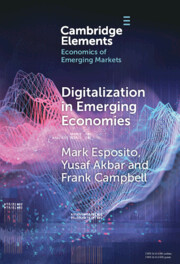
Digitalization in Emerging Economies
-
- Published online:
- 20 March 2025
- Print publication:
- 27 March 2025
-
- Element
- Export citation
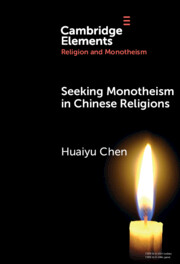
Seeking Monotheism in Chinese Religions
-
- Published online:
- 20 March 2025
- Print publication:
- 27 March 2025
-
- Element
- Export citation
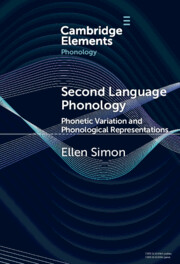
Second Language Phonology
- Phonetic Variation and Phonological Representations
-
- Published online:
- 20 March 2025
- Print publication:
- 27 March 2025
-
- Element
- Export citation
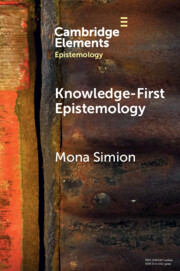
Knowledge-First Epistemology
- A Defence
-
- Published online:
- 20 March 2025
- Print publication:
- 27 March 2025
-
- Element
-
- You have access
- Open access
- HTML
- Export citation
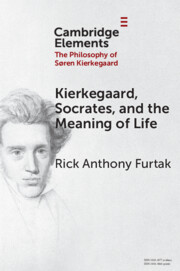
Kierkegaard, Socrates, and the Meaning of Life
-
- Published online:
- 20 March 2025
- Print publication:
- 17 April 2025
-
- Element
- Export citation
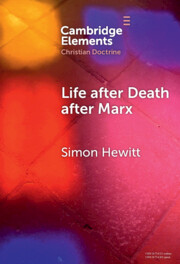
Life after Death after Marx
-
- Published online:
- 18 March 2025
- Print publication:
- 17 April 2025
-
- Element
- Export citation

English Play Development under Neoliberalism, 2000–2022
-
- Published online:
- 18 March 2025
- Print publication:
- 17 April 2025
-
- Element
-
- You have access
- Open access
- HTML
- Export citation
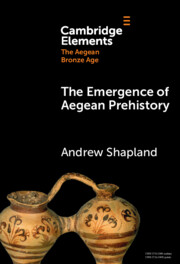
The Emergence of Aegean Prehistory
-
- Published online:
- 17 March 2025
- Print publication:
- 10 April 2025
-
- Element
- Export citation

Rethinking Colonial Legacies across Southeast Asia
- Through the Lens of the Japanese Wartime Empire
-
- Published online:
- 17 March 2025
- Print publication:
- 17 April 2025
-
- Element
- Export citation
